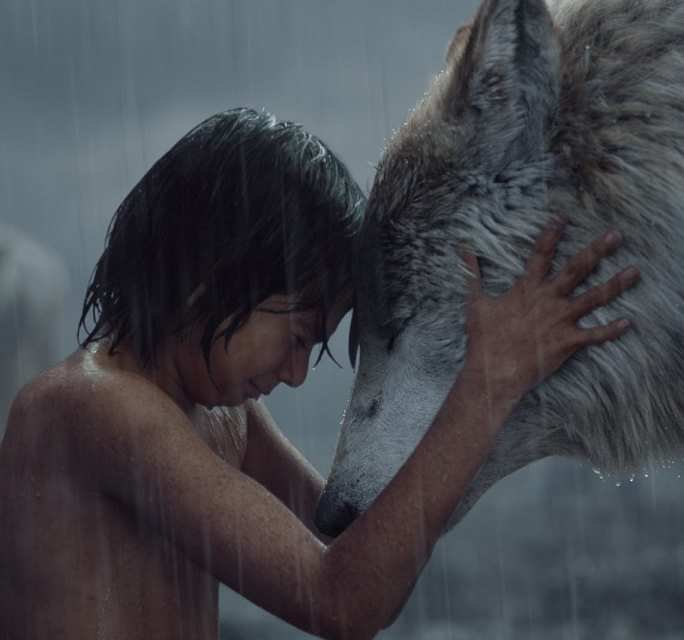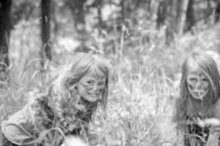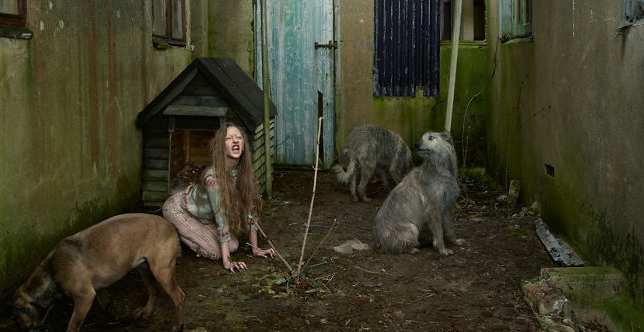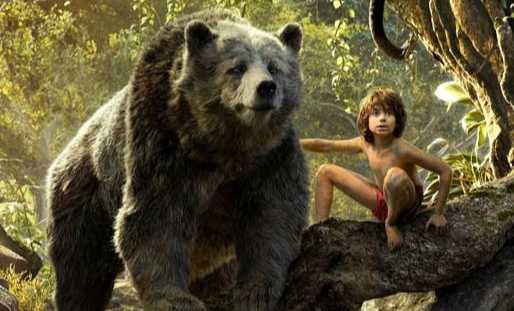https://youtu.be/dLD-OBOchIQ
Have you heard about children who were raised by wild animals? They are not only in movies, they actually do exist. These kinds of children are regarded as Feral children.
Feral children are those who have been abandoned or lost in the wilderness and have spent a significant amount of their formative years there.
These children have lived without any direct human contact and may have been raised by wild animals (wolve
s) who have adopted them into their groups.
Over the centuries, stories of feral children have in
trigued
many people – especially scientists and educators – for possible clues as to the effect of socialization on language and communication skills, learned aspects of human behavior and development, and the true nature of humans.
Studies of feral children have led to new methods for teaching children with learning disabilities, and indirectly to the development of Braille and sign language.
Feral children are NOT the same as autistic
children – both of these conditions are due to aberrations of the normal biological developmental process.
Children with these conditions are usually fully socialized to the limits of their capabilities. On the other hand, feral children may exhibit the usual range of biological developmental potential, but fail to
develop normal human communication skills as a result of growing up in social isolation without proper models.
Such skills are dependent upon continuous hearing, observation, mimicking, and reinforcement to develop properly.
Therefore, it is not surprising that feral children do not acquire these skills and rather that they may acquire those of their adoptive animal families during these critical socialization years (see stories in links about children raised with dogs, apes, wolves).
This is due to the inherent plasticity of the nervous system in which, though many aspects of our sensory and motor systems are “hard-wired,” others (such as language and communication) are more dependent on postnatal experience and the specific environment that infants are born into to finish development and acquire the specific skills and behaviors necessary to survive and compete in that environment.
Depending on the age at which they are removed from human contact and the age at which they are retrieved, feral children may not ever be able to develop normal communication patterns because of the window in early childhood when the nervous system is primed for acquiring language and communication s
kills.

























